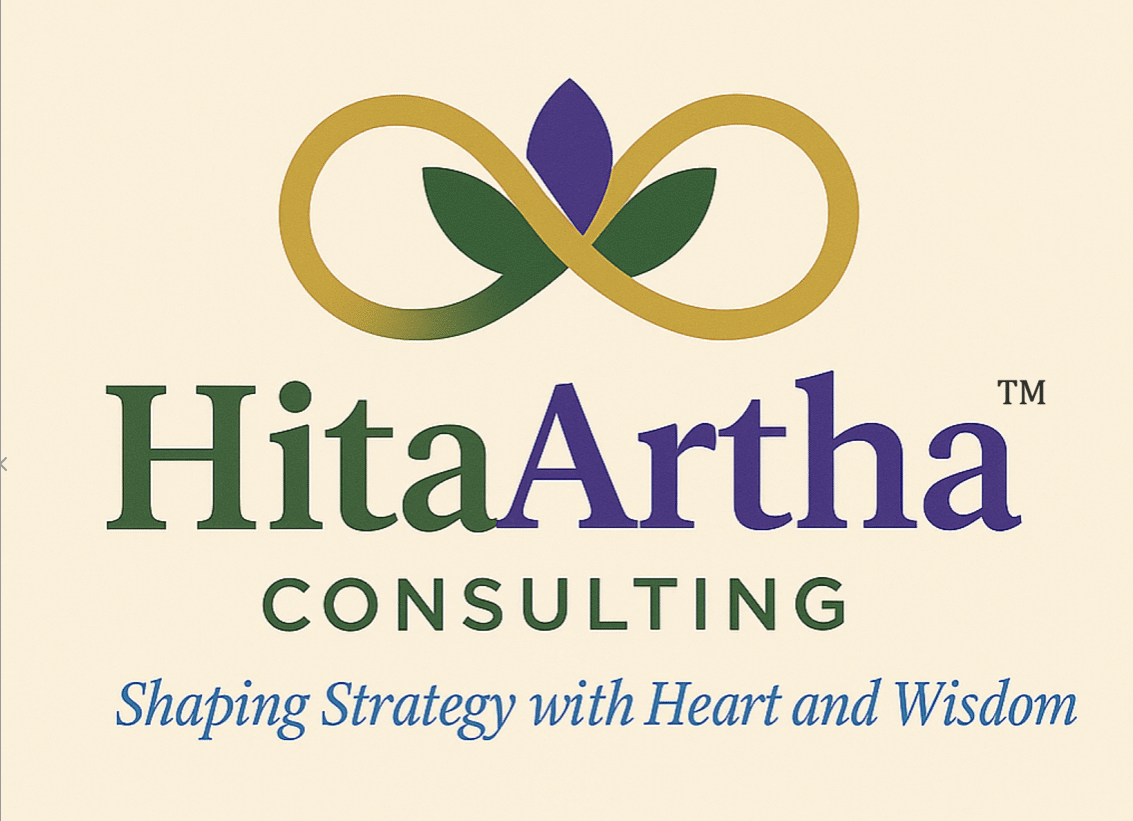💼 HR is no longer just about hiring — it’s about building strategic capabilities for the future.
We can use the 3R Talent Framework to assess whether organizations are truly preparing their people for what’s next:
🔹 Relevance – Are we hiring for critical impact areas or legacy roles?
🔹 Resilience – Can our teams bounce back from disruption without losing agility?
🔹 Reach – Are we nurturing talent that scales across boundaries and systems?
Most organizations are strong in one, average in another, and blind to the third. Fixing that asymmetry is where transformation begins.
Curious to know — which “R” is your organization strongest in? Where do you see the gap?
Why Every CHRO Needs a Job Architecture Blueprint in 2025
🧩 Why Every CHRO Needs a Job Architecture Blueprint in 2025
The most forward-thinking HR leaders aren’t just filling roles. They’re engineering the architecture of agility.
Job Architecture Design – the strategic blueprint that aligns every role with business value.
🔍 Core Components
📌 Job Families & Levels – Clear career tracks, from apprentice to expert
📌 Role Clarity – Purpose-driven job design with measurable outcomes
📌 Compensation Bands – Aligned to role complexity and strategic impact
📌 Workforce Planning – Drives capacity modelling and Org forecasting
📌 Org Agility – Enables reconfiguration at scale during pivots or growth phases
📈 In a world of constant change, rigid org charts won’t cut it.
A scalable, strategic job architecture is your foundation for transformation.
💬 How is your org aligning roles to strategy in 2025?
Team Dynamics
Team Dynamics
Read on LinkedIn
Great teams don’t happen by chance. They are architected.
Top 2% teams operate differently—they master Team Dynamics at four levels:
1. Clarity of Purpose
Every member knows why the team exists, not just what they do. Misalignment here creates silent friction.
2. Psychological Safety
Members feel safe to challenge, dissent, and share half-baked ideas. This is the crucible of innovation—not comfort.
3. Role Interdependence, not Redundancy
Great teams aren’t made of “stars” doing their own thing. They’re systems where strengths compound across roles.
4. Dynamic Leadership
Leadership isn’t static. It shifts based on context—who has the edge in that moment leads. Ego-free, outcome-first.
High-performance teams are less about talent. More about structure, safety, and strategic trust.
If you’re building or fixing a team—start with the dynamics, not the org chart.
The Competing Values Framework: Why Great Leaders Balance Opposites
🧠 The Competing Values Framework: Why Great Leaders Balance Opposites
Read on LinkedIn
Most organizations don’t fail because of a lack of vision.
They fail because they lean too hard on one value—at the expense of another.
Enter the Competing Values Framework—a timeless model that reveals the hidden tensions every company must balance:
🔹 The 4 Quadrants of Organizational Success:
Collaborate (Clan Culture) 🤝
Values: People, Commitment, Empowerment
Strength: High engagement and loyalty
Create (Adhocracy Culture) 🚀
Values: Innovation, Agility, Growth
Strength: First-mover advantage, disruption
Control (Hierarchy Culture) 🏛
Values: Efficiency, Stability, Consistency
Strength: Risk management and scalability
Compete (Market Culture) 🎯
Values: Achievement, Performance, Market share
Strength: External focus and revenue growth
🔍 Strategic Truth:
The best organizations don’t pick one quadrant. They master the art of integrating competing values based on context and lifecycle.
✔️ Need stability? Leverage Control.
✔️ Need speed? Lean into Create.
✔️ Need customer loyalty? Foster Collaborate.
✔️ Need market share? Drive Compete.
💡 Elite leaders aren’t trapped in one operating mode. They pivot across values like a master strategist.
💬 Which quadrant do you think your organization is over-weighted on today?



